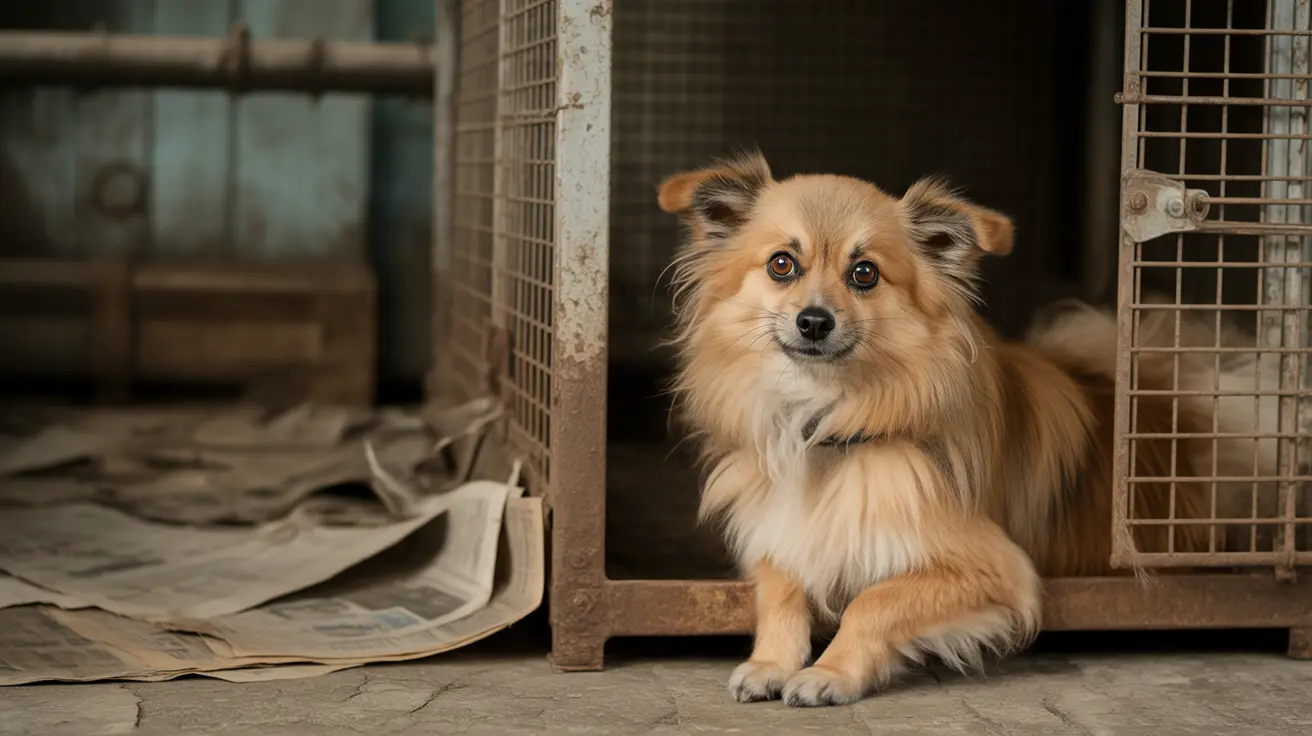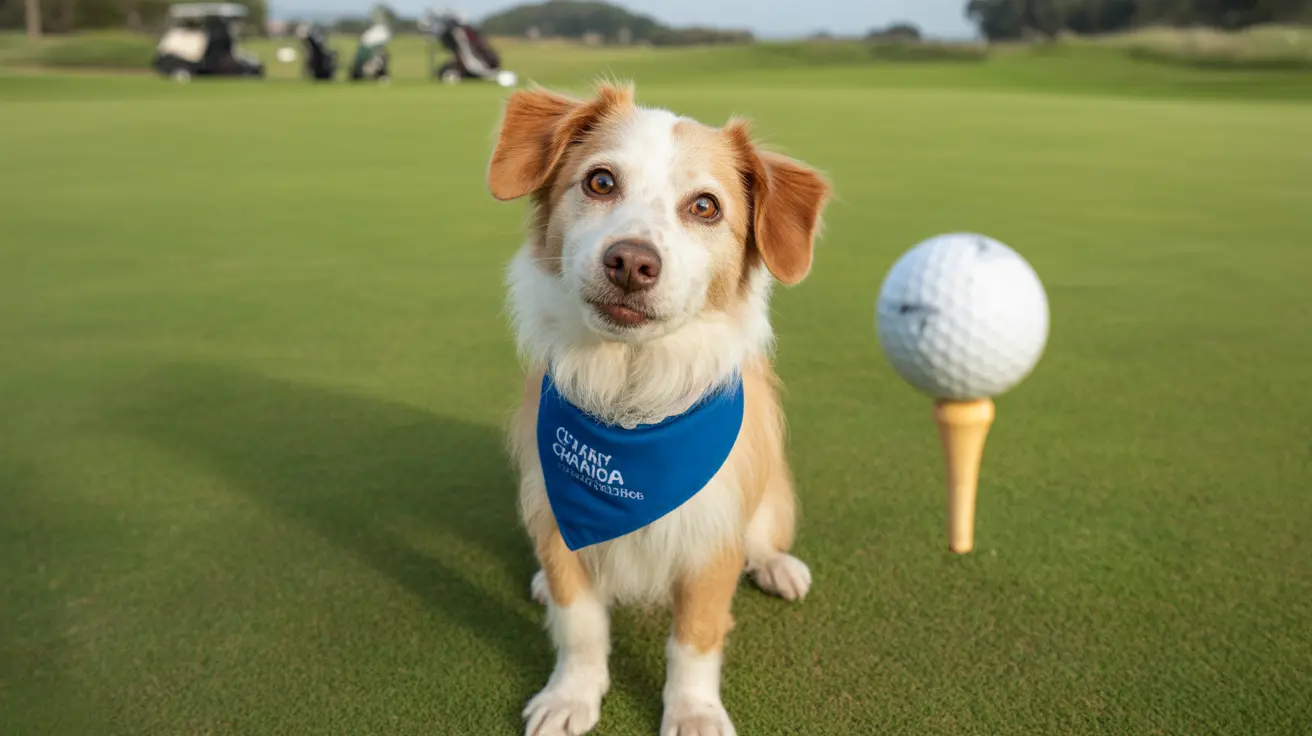Iris atrophy in dogs is a degenerative condition affecting the colored portion of the eye, impacting how their pupils respond to light. While this condition can seem alarming to pet owners, understanding its causes, symptoms, and management options is crucial for providing the best care for affected dogs.
Whether occurring naturally with age or developing secondary to other conditions, iris atrophy requires careful attention and proper veterinary guidance. This comprehensive guide will explore everything you need to know about this common canine eye condition.
What is Iris Atrophy in Dogs?
Iris atrophy occurs when the muscles and tissue in the iris (the colored part of the eye) begin to thin and weaken. This deterioration affects the eye's ability to regulate light entering through the pupil, potentially causing increased sensitivity to bright environments.
The condition presents in two main forms: primary (age-related) and secondary (caused by disease or injury). Understanding which type affects your dog is crucial for proper management and care.
Common Causes and Risk Factors
Several factors can contribute to the development of iris atrophy in dogs:
- Age-related degeneration (most common in dogs over 8 years)
- Genetic predisposition in certain breeds
- Chronic eye inflammation
- Physical trauma to the eye
- Underlying conditions like glaucoma
Recognizing the Signs
Early detection of iris atrophy involves watching for these key symptoms:
- Irregular or notched pupil shape
- Visible holes or dark spots in the iris
- Fading or dulling of eye color
- Increased light sensitivity
- Difficulty adjusting to different lighting conditions
- Uneven pupil sizes between eyes
Diagnosis and Veterinary Care
Veterinarians diagnose iris atrophy through comprehensive eye examinations, including:
- Detailed visual inspection
- Intraocular pressure testing
- Pupillary light response evaluation
- Additional testing to rule out other conditions
Managing Iris Atrophy
While primary iris atrophy cannot be reversed, several management strategies can help affected dogs:
- Creating a light-controlled environment
- Using protective eyewear for outdoor activities
- Maintaining consistent home layouts
- Regular veterinary monitoring
- Treating any underlying conditions
Long-term Care and Monitoring
Successful long-term management involves:
- Regular veterinary check-ups
- Monitoring for changes in vision or behavior
- Maintaining appropriate environmental modifications
- Addressing any secondary complications promptly
Frequently Asked Questions
What are the common symptoms of iris atrophy in dogs, and how can I identify them?
The most noticeable symptoms include irregular pupil shape, visible holes in the iris, dulling eye color, and increased light sensitivity. Watch for squinting or difficulty navigating in bright environments.
How is iris atrophy in dogs diagnosed, and what tests are typically involved?
Diagnosis involves a complete ophthalmic examination, including visual inspection, tonometry to measure eye pressure, and tests to evaluate pupillary light response. Additional testing may be needed to rule out other conditions.
Can iris atrophy in dogs be treated, or is it strictly a condition of aging?
Primary (age-related) iris atrophy cannot be reversed or treated directly. However, secondary iris atrophy may be managed by treating underlying conditions. The focus is typically on supportive care and environmental management.
What are some practical ways to manage light sensitivity in dogs with iris atrophy?
Practical management includes using window coverings, providing night lights in dark areas, using protective doggy goggles outdoors, and maintaining consistent home layouts to help dogs navigate more easily.
How does iris atrophy differ from other eye conditions that may cause similar symptoms in dogs?
Iris atrophy specifically affects the colored part of the eye and mainly impacts light regulation. Unlike conditions such as glaucoma or retinal diseases, it rarely causes significant vision loss and primarily affects the eye's ability to adapt to different lighting conditions.
By understanding iris atrophy and implementing appropriate management strategies, pet owners can help their dogs maintain a good quality of life despite this condition. Regular veterinary check-ups and prompt attention to any changes in eye appearance or vision are essential for optimal long-term care.






